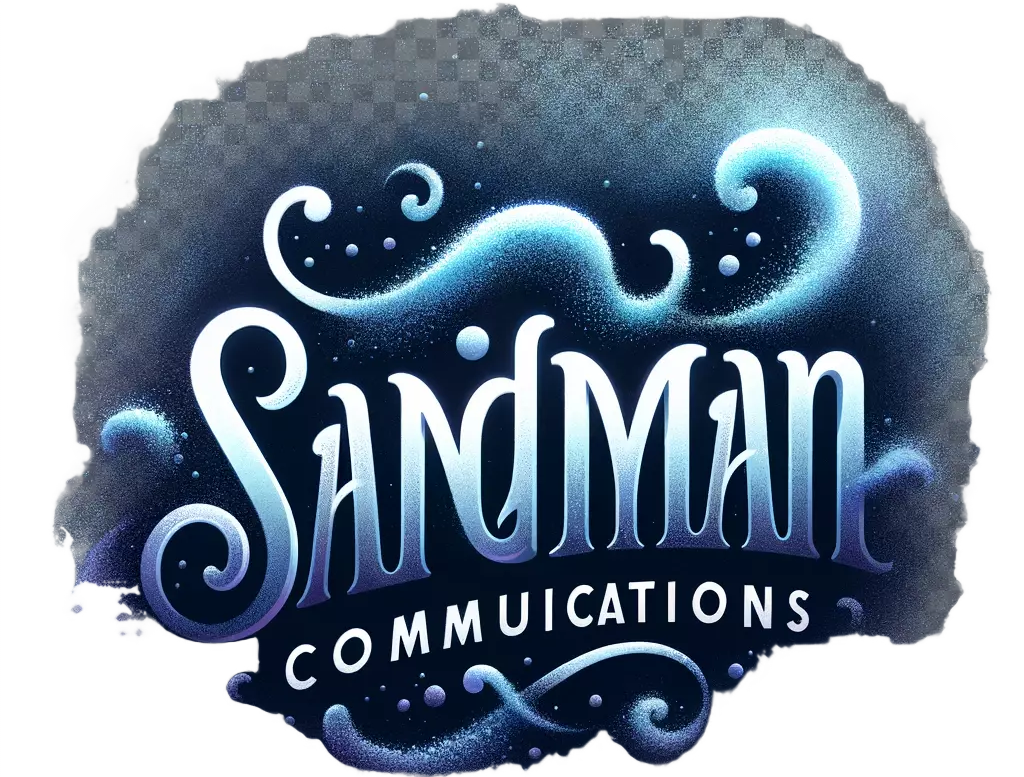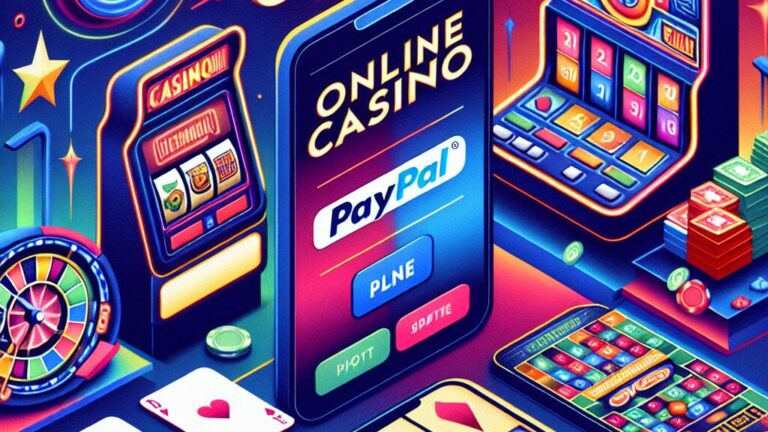Customer support for gamers
The Role of Bots in Customer Support
Customer support has increasingly embraced the whirlwind of bots, a dynamic shift aimed at turbocharging efficiency and delivering instant help to gamers. These automated marvels deftly tackle repetitive queries, freeing up human agents to wrestle with more intricate dilemmas. Harnessing the power of natural language processing, these bots embark on initial dialogues, extracting pertinent details and dispensing solutions that resonate with the common hurdles users face. This strategy not only accelerates response times but also slashes wait periods, significantly enhancing the overall experience for customers in need.
Yet, while bots stand as a commendable first line of defense, they demand relentless updates and learning to stay sharp and relevant. The infusion of machine learning allows these digital assistants to morph and adapt based on user interactions—a remarkable flexibility that paves the way for tailored responses that cater specifically to the gaming community’s unique needs. As technology hurtles forward, we can anticipate an expansion in the role of these bots, unlocking new avenues for personalized service within customer support’s ever-evolving landscape.
Automating Responses for Quick Resolution
In the fiercely competitive realm of gaming, where every second counts and engagement is paramount, effective customer support emerges as a linchpin for an enhanced user experience. Enter the age of chatbots and automated messaging systems—tools that are increasingly woven into the fabric of player interaction to streamline responses with remarkable efficiency. These digital assistants tackle a broad spectrum of queries, offering instant help for issues like account accessibility, payment snags, and gameplay dilemmas.
As these automated solutions address routine concerns with lightning speed, support teams find themselves liberated to focus on those intricate challenges demanding human insight—a dynamic shift in resource allocation! This method doesn’t just slash wait times; it’s a strategic maneuver to keep players immersed in their virtual worlds. Gamers crave immediate fixes, particularly during those nail-biting moments when every move matters. Automated replies serve as quick salves for frustration, enabling players to dive back into action with minimal interruptions.
Looking ahead, as technology surges forward at breakneck pace, the infusion of artificial intelligence promises even greater enhancements to these systems. Imagine chatbots evolving through learning from user interactions—adapting their responses and fine-tuning their assistance based on ever-shifting customer needs! The landscape is ripe for transformation; it brims with potential waiting to be tapped.
| Automation Feature | Description | Benefits |
|---|---|---|
| Instant Response | Immediate replies to common player queries. | Reduces wait time and enhances user satisfaction. |
| 24/7 Support | Round-the-clock assistance without human limitations. | Provides help at any time, catering to global players. |
| Issue Tracking | Automated logging and tracking of player issues. | Improves follow-ups and accountability for support teams. |
| Data Learning | Chatbots learn from user interactions to enhance service. | Increases response relevance and efficiency over time. |
Measuring Customer Satisfaction
Grasping the intricacies of customer satisfaction is absolutely essential for any gaming company aiming to deliver top-notch support. It’s not just a simple task; it involves diving into feedback through surveys and engaging directly with players, allowing firms to evaluate how effectively they cater to gamers’ desires. To quantify this often elusive concept of satisfaction, companies lean on several pivotal metrics: the Net Promoter Score (NPS), Customer Satisfaction Score (CSAT), and Customer Effort Score (CES). Each one unfolds its own narrative, revealing specific areas that might need a little polishing while also shining a light on what’s working splendidly in existing support frameworks.
But wait—there’s more! Continuous tracking of these metrics isn’t merely an exercise in data collection; it’s like having a crystal ball that allows gaming companies to swiftly adapt as trends shift or issues bubble up among their player community. Observing fluctuations in satisfaction over time acts as an early warning beacon for deeper-rooted concerns lurking beneath the surface. This proactive strategy fosters an agile support system that can pivot alongside evolving player expectations. By unraveling these complex dynamics, not only do we bolster player retention but we also elevate the entire gaming experience into something truly remarkable.
Key Metrics for Assessing Support Effectiveness
Evaluating the efficacy of customer support is a labyrinthine endeavor, rich with metrics that unveil the performance narrative. First Response Time (FRT) emerges as a vital marker, capturing how swiftly customers hear back after they’ve reached out for assistance. A brisk FRT often dances hand in hand with elevated customer satisfaction—an illuminating sign that the support squad is attuned to gamers’ urgent cries for help. But wait! There’s more: Resolution Time enters the fray, meticulously tracking how long it takes to untangle an issue. Quick fixes are paramount; they elevate the gaming experience by slashing downtime and banishing frustration.
Then we have Customer Satisfaction Score (CSAT), another critical piece of this intricate puzzle, offering raw feedback from gamers on their support journey. This score acts like a mirror reflecting overall contentment with the service rendered—a treasure trove of insight. And let us not overlook Net Promoter Score (NPS), which gauges how likely customers are to advocate for the game or service based on their interaction with support. Each metric contributes uniquely to painting a comprehensive picture for gaming companies, revealing both shining strengths and hidden opportunities lurking within their customer support ecosystems.
The Impact of Reviews on Customer Support
In the ever-shifting terrain of the gaming industry, customer reviews wield a profound influence over the realm of support services. Gamers—those discerning connoisseurs of digital experiences—often turn to their fellow players’ insights as a compass to navigate the murky waters of customer assistance before diving in themselves. A cascade of positive feedback can catapult a company’s reputation into the stratosphere, signaling an efficient service nestled beneath its surface. Conversely, negative critiques? They have the power to swiftly erode trust and send potential patrons scurrying away like startled rabbits.
Thus, game developers and support teams find themselves on high alert, vigilantly scanning online arenas where opinions flow freely. This continuous influx of commentary serves up a goldmine of data ripe for harvesting—a treasure trove that can be meticulously analyzed to fine-tune support strategies and tackle recurring grievances head-on.
As companies increasingly embrace this responsive mindset, they delve into review trends with laser-like focus, pinpointing those crucial areas begging for enhancement. By genuinely absorbing constructive criticism and putting it into action—not just nodding along—they not only elevate their service offerings but also cultivate an enduring sense of community and loyalty among their player base. In this dynamic dance with consumer sentiment, staying attuned means ensuring that gaming enterprises remain agile contenders in an ever-evolving landscape.
Leveraging Feedback to Improve Services
Feedback dances at the heart of enhancing customer support services for gamers, swirling with insights that illuminate players’ journeys while casting shadows on areas begging for improvement. It’s a treasure trove waiting to be unearthed—surveys, direct dialogues, and review platforms serve as conduits through which companies can deftly pinpoint those pesky pain points lurking in the shadows.
Dissecting this wealth of information equips support teams to craft their responses and refine procedures, aligning them more closely with the ever-evolving needs of players. When organizations embrace changes spurred by feedback, they cultivate an invigorating culture steeped in continuous improvement—a vibrant ecosystem where user concerns take center stage.
As companies prioritize specific issues raised by users, the support experience metamorphoses into something far more responsive and personalized. This cycle of regular tweaks and strategic overhauls doesn’t just keep customers content; it nurtures loyalty that echoes across gaming realms. In turn, this orchestration fosters a richer overall gaming experience—one that resonates positively long after the final log-off.
Future Trends in Customer Support for Gamers
The whirlwind of technological evolution is on the brink of revolutionizing customer support within the gaming realm in ways we can scarcely imagine. Artificial intelligence and machine learning are not just advancing; they’re blossoming into complex entities capable of crafting bespoke support experiences that cater to individual player nuances. Picture this: enhanced chatbots, armed with the ability to dissect player behavior and preferences, delivering responses so tailored they feel almost intuitive—solving issues with a swiftness that leaves no room for frustration.
But wait! There’s more! Enter predictive analytics, a crystal ball of sorts that spots trends in customer inquiries before they bubble over into chaos. Developers will have their fingers on the pulse, addressing potential hiccups preemptively like seasoned wizards warding off impending doom.
As gamers yearn for ever-deeper immersion, the clamor for real-time assistance is bound to intensify—a clarion call for immediate help through avenues like live chat or those nifty in-game support systems. And let’s not overlook virtual and augmented reality technologies; these could conjure up groundbreaking support environments where players snag help while diving headfirst into gameplay scenarios. This isn’t just about elevating the experience—it’s about building a vibrant community among gamers as they swap insights and solutions like treasured artifacts from an epic quest!
The Rise of AI and Machine Learning
Artificial Intelligence (AI) and machine learning are rapidly becoming indispensable in the realm of customer support for gamers, morphing the way players interact with services. Imagine this: each player’s experience is meticulously tailored to their distinctive quirks and desires—thanks to these cutting-edge technologies. By sifting through mountains of data, AI systems can pinpoint common dilemmas that gamers grapple with, offering bespoke solutions that resonate on a personal level. This deep dive into personalization doesn’t just shave off response times; it elevates the entire user journey into something extraordinary.
Now, picture a world where AI seamlessly integrates into customer support platforms—always awake, always ready to assist! Automated systems tackle routine questions like seasoned pros, freeing human agents to dive into more intricate problems that demand specialized expertise. As these tech marvels evolve at breakneck speed, they’re set on refining processes even further—support becomes not only quicker but smarter; learning constantly from every interaction with players. The result? A remarkable boost in operational efficiency and an enriched bond between game developers and their passionate communities—a synergy that’s as dynamic as gaming itself!
Building a Supportive Gaming Community
Crafting an inclusive and vibrant gaming environment is absolutely crucial for nurturing a supportive community that thrives on engagement. Developers and publishers can amplify player interaction by leveraging official forums, Discord servers, and social media platforms—arenas where gamers converge to connect, exchange tips, and lend a helping hand to one another. This dynamic interaction can dramatically elevate the overall gaming experience into something truly remarkable!
Cultivating a culture steeped in respect and teamwork ensures every player feels appreciated—a vital ingredient that enables meaningful contributions to discussions. Encouraging peer-to-peer assistance doesn’t just forge bonds among players; it also alleviates some of the burdens on customer support teams drowning under inquiries. Gamers often find immense value in anecdotes shared by their peers, as these insights spring from genuine gameplay hurdles faced head-on.
Moreover, launching mentorship programs while highlighting community-driven content empowers users to share their wisdom and firsthand experiences with others. These initiatives weave together a rich tapestry of support—one that not only uplifts individual gamers but reverberates throughout the entire community!
Encouraging Peer-to-Peer Assistance
A vibrant gaming community often thrives on the electric interactions buzzing between players. Picture this: seasoned gamers stepping in to guide newcomers, weaving a rich tapestry of shared experiences that elevates everyone’s journey. Such engagement isn’t just about troubleshooting; it’s like forging bonds within an intricate web of camaraderie in the gaming universe. Developers have caught wind of this dynamic, recognizing that fostering peer-to-peer support is pure gold—hence, they’ve rolled out forums and in-game chat systems designed to ignite these essential conversations.
But wait, there’s more! Beyond merely enhancing user experience, championing peer assistance sparks a profound sense of belonging among players—a feeling akin to finding your tribe amidst digital chaos. Collaborative problem-solving? It’s like lifting weights off the shoulders of formal customer support channels! Gamers truly value nuggets of wisdom from comrades who’ve navigated similar treacherous waters. By crafting spaces that encourage such exchanges, companies can nurture a self-sufficient community—where satisfaction blossoms and loyalty flourishes like wildflowers after rain.
- Encourage experienced players to host tutorial sessions for newcomers.
- Implement in-game rewards for players who actively assist others.
- Create dedicated areas in forums for players to share tips and strategies.
- Foster a mentorship program pairing seasoned gamers with newbies.
- Regularly feature success stories of peer assistance in community updates.
- Ensure moderation to maintain a positive and respectful environment.
- Use surveys to gather feedback on peer support effectiveness and areas for improvement.
Conclusion
In the ever-shifting terrain of gamer customer support, technology’s role has skyrocketed to a critical level. Enter AI and machine learning—these digital marvels are reshaping how companies deliver help, crafting responses that feel personal and precise. Immediate communication? Absolutely essential! Gamers crave swift resolutions; their gaming experiences hinge on it, shaping how they perceive a brand’s dedication to stellar service.
Then there’s the feedback loop from the gaming community—a treasure trove brimming with insights for enhancement. Reviews do more than just reflect satisfaction; they shine a spotlight on specific pain points begging for attention. Cultivating an ethos of peer-to-peer support not only strengthens community ties but also tackles shared obstacles head-on. As we hurtle forward in this industry evolution, one goal stands tall: to forge a customer support ecosystem that thrives on responsiveness, offers genuine support, and embraces the distinct needs of gamers everywhere.






